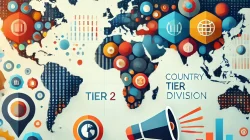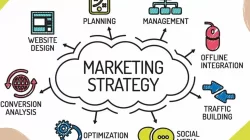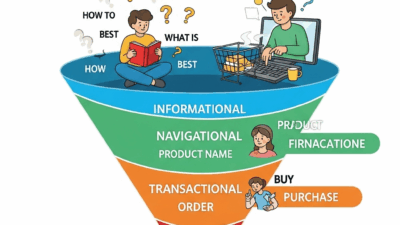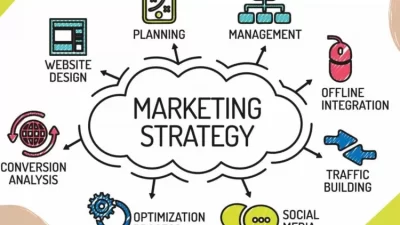In the fast-moving digital space, social media optimization is no longer a nice-to-have—it’s a must for any business serious about scaling. Whether you’re a small startup, a personal brand, or a large enterprise, understanding how to optimize your social platforms can drive meaningful results, including increased reach, improved conversions, and stronger community loyalty.
Let’s dive into what social media optimization means, why it matters in 2025, and what actionable steps you can take to turn your social profiles into tangible business assets.
What is Social Media Optimization (SMO)?
Social Media Optimization Explained for Business Growth
Social media optimization refers to the process of enhancing the performance of your content, profiles, and overall presence on platforms such as Instagram, LinkedIn, Facebook, TikTok, and X (formerly Twitter). The goal is straightforward: make your content more discoverable, engaging, and more likely to convert viewers into followers, fans, or customers.
In 2025, SMO isn’t just about posting often—it’s about using data-driven tactics, leveraging algorithms, and building human connections at scale.
Why Social Media Optimization Matters in 2025
Social Media Optimization Drives Visibility and Trust
The competition on social media is brutal. Every scroll is a battle for attention. If you’re not optimized, you’re invisible.
SMO helps you:
- Appear higher in platform search results
- Increase the shareability of your content
- Improve engagement rates (likes, comments, shares, saves)
- Strengthen brand authority
- Drive traffic to your website or landing pages
When done right, social media optimization builds a digital footprint that converts attention into action.
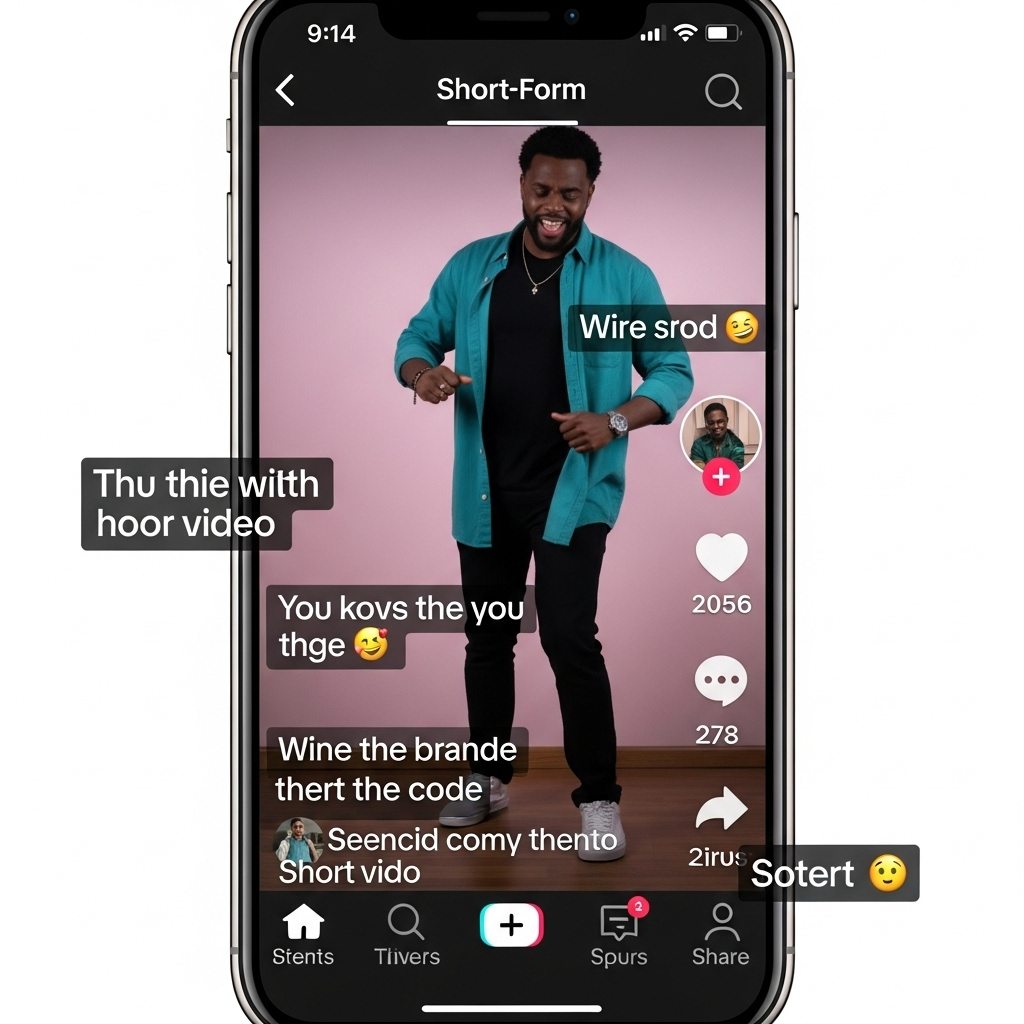
Core Elements of Social Media Optimization
Profile Optimization: Your Digital First Impression
Your bio, profile picture, and username all contribute to your brand identity. Optimizing these elements makes it easier for people to find and trust you. Use keywords in your bio, include contact options, and add a call-to-action (CTA) link to your website or lead magnet.
Bonus tip:
Use tools like Namechk to check your brand’s consistency across platforms.
Content Optimization: Make Every Post Count
The key to social media optimization lies in the quality of your content. You must:
- Use relevant hashtags without stuffing
- Format for each platform (e.g., short-form videos for TikTok and Reels, carousels for LinkedIn)
- Include captions that tell stories or ask questions
- Tag people, places, and brands when appropriate
Optimized content is visually appealing, informative, and always invites engagement.
The Role of Hashtags in Social Media Optimization
How to Use Hashtags Strategically
Hashtags are the SEO of social platforms. They help categorize your content and make it discoverable by new users.
Best practice:
- Use 3–5 high-relevance hashtags on Instagram
- Mix trending, branded, and niche hashtags
- Avoid overused or banned hashtags
Tools like RiteTag help discover trending hashtags relevant to your content.
Video Content is the King of SMO in 2025
Why Short-Form Video Rules the Algorithm
Video content—especially short-form—dominates engagement metrics. Platforms prioritize Reels, Shorts, and TikTok because they encourage users to keep scrolling.
Here’s why:
- They autoplay and grab attention instantly
- They encourage shares and savings
- They allow quick storytelling and branding
Make sure your videos are optimized with on-screen text, subtitles, and vertical formatting.
Using Analytics for Better Social Media Optimization
Measure What Matters, Then Improve
Analytics are your best friend when it comes to social media optimization. Every platform has its native insights, but tools like Sprout Social offer deeper cross-platform analytics.
Track metrics like:
- Engagement rate (ER)
- Reach vs. impressions
- Follower growth
- Click-through rates (CTR)
Adjust your content strategy based on what performs best.
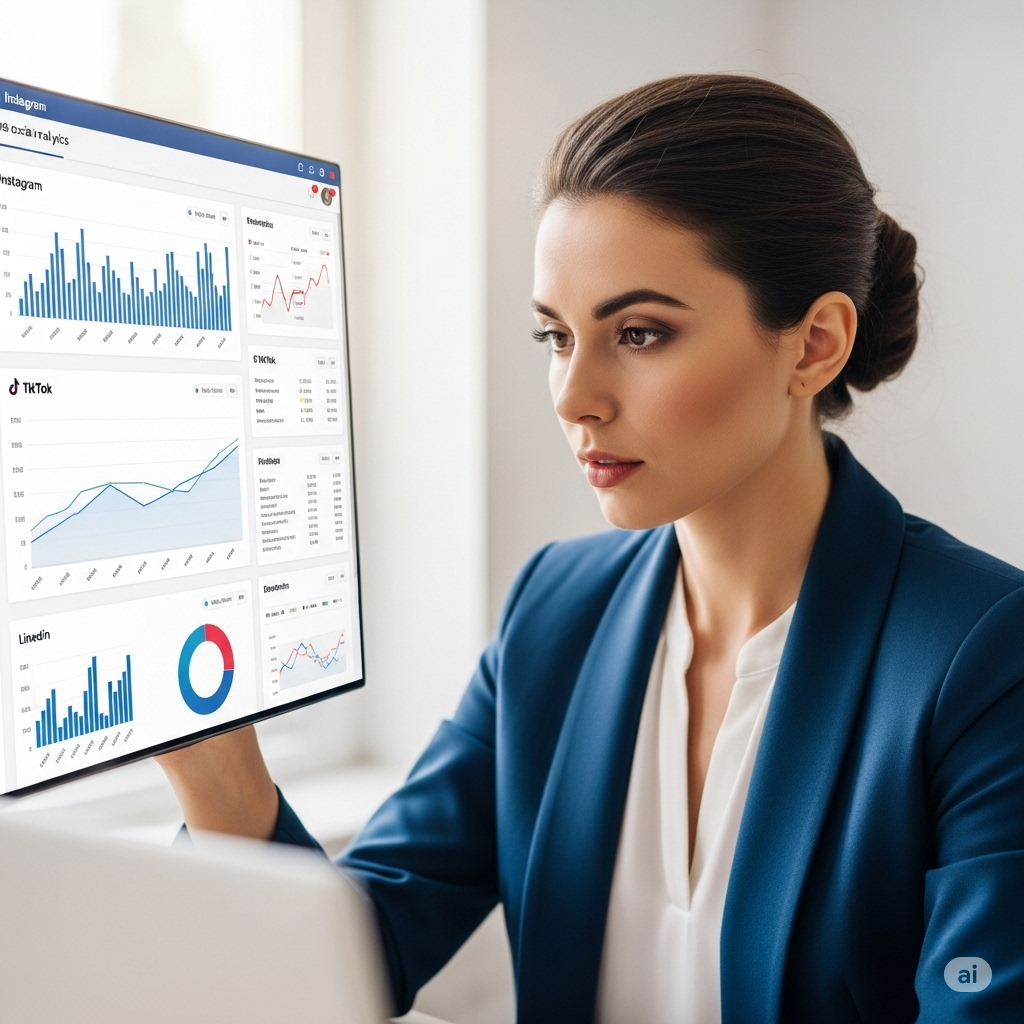
SMO Tools You Should Be Using
Automate, Analyze, and Accelerate
A few go-to tools for 2025:
- Canva: Create stunning visuals with ease
- Buffer: Schedule posts and track performance
- Metricool: Analyze multi-platform performance and competitor data
- ChatGPT: (yes, me!) for writing captions, generating content ideas, and refining tone
Each of these helps streamline your optimization process, allowing you to focus on strategy rather than just scheduling.
Social Media Optimization vs. Social Media Marketing
What’s the Difference—and Why It Matters
Think of social media optimization as the foundation—your profile, content, and engagement strategy. Meanwhile, social media marketing includes paid ads and promotions.
Both are essential, but SMO ensures your organic presence is strong and sustainable. It reduces the amount you need to spend on ads and builds long-term brand equity.
Related: Check out our guide on zero-cost digital marketing tactics.
Trends Shaping Social Media Optimization in 2025
AI, Personalization, and Community Are Key
This year, trends shaping social media optimization include:
- AI-powered content recommendations
- Personalized user journeys via DMs and lead magnets
- Micro-influencer partnerships
- Niche communities and creator-led engagement
- Decentralized platforms (like Threads and Mastodon)
To stay ahead, embrace these trends while maintaining your brand’s authentic and human voice.
Building Brand Authority Through SMO
From Content to Conversion
Optimization isn’t just about reach—it’s about reputation.
Here’s how to use SMO to build brand trust:
- Be consistent with tone and visuals
- Share user-generated content and testimonials
- Respond to comments and DMs promptly
- Collaborate with thought leaders in your niche
When people recognize your brand across platforms, you build what’s called “brand recall,” which massively impacts conversions.
Final Thoughts: Start Optimizing Today
Social media optimization is a long game—but it’s one worth playing. Whether you’re improving your bio, refining your hashtag game, or diving into analytics, every step brings you closer to a stronger digital presence.
Start by choosing one platform and applying 2–3 optimization tactics from this article. Measure the results. Then scale what works.
The brands that win in 2025 are the ones that treat social media not just as a publishing tool, but as a performance engine.




